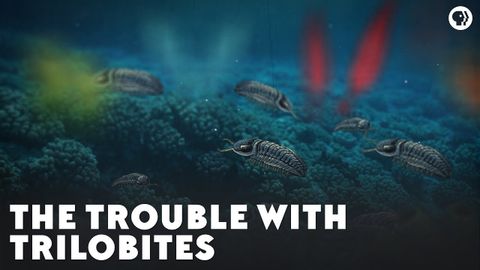The Trouble With Trilobites
joey joey が 2021 年 05 月 04 日 に投稿  この条件に一致する単語はありません
この条件に一致する単語はありませんUS /səˈfɪstɪˌketɪd/
・
UK /səˈfɪstɪkeɪtɪd/
- adj.話をより複雑にする;洗練された
- v.t.洗練させた
US /ˈkɑnstənt/
・
UK /'kɒnstənt/
US /ˈfɪzɪkəl/
・
UK /ˈfɪzɪkl/
- n. (c.)身体検査 : 健康診断
- adj.身体の : 肉体の;物質的な;物理的な
- n.体育
US /trɪˈmɛndəs/
・
UK /trəˈmendəs/
エネルギーを使用
すべての単語を解除
発音・解説・フィルター機能を解除

